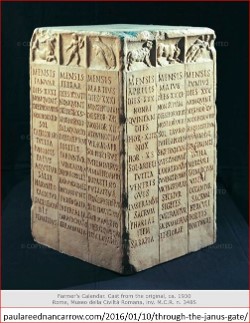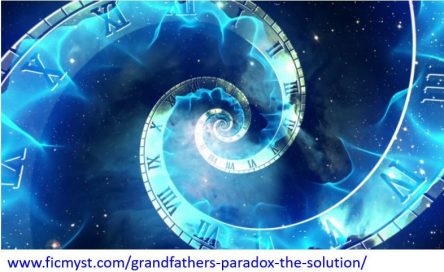
The posts in chapter 1. are only a recapitulation of what is known to most readers, so it aims to help all readers to join.
It is often, but erroneously, called a “calendar error” when it is thought about the mistake or confusion of the time reckoning. However, the calendar is not confused.
The Julian calendar, still in use today, and the widely used Gregorian calendar derived from it work correctly according to the original plans.
Only the year numbers assigned as calendar years to the historical events could be confused.
That is why it is essential to see that the calendar and the reckoning of time are close today but originally had little or nothing to do with each other.
All calendars attempt to reflect the year’s structure in terms of astronomy, seasons, weather, related agricultural work, etc. However, the calendar did not have a year in the past because, in today’s sense, there was no year number, that is, no long-term serial number for the year!
The calendar could be carved in stone, as it remained valid for many years (until a possible calendar reform). An example of this is the initial, an image of an old “peasant calendar” carved in marble.
The calendar years we use today for antiquity are only the results of subsequent historical back-calculations. Some other time-calculations still alive today go back with their time reckoning even longer, 4-6 thousand years and their old years are the results of historically not too old retro-calculations.
However, because astronomical years differ, the old calendars can still help determine historical year distances to build up the correct chronology. Thus, we can retroactively assign a year number to historical events. For this purpose, I will start my analysis later with the astronomical dates of Julius Caesar’s calendar reform.
It is common knowledge that in our present AD calendar, we think about the past and the future in terms of the birth year of Jesus Christ, AD1.
The serial number of years goes back to the ancient, fixed year AD1, so the year numbers encompass a very long period of years for the past and the future.
For us, past or future years and periods are well illustrated by the calendar years because everyone can subtract and add. Today, the calendar and the reckoning of time are closely related.
The ancient Roman (except for a few scholars) thought about time in terms of a short period elapsed since a near and crucial historical event. For example, he talked about the years since the first year of an emperor’s reign, the year of office of a particular consul, or the fractions of a 15-year indiction cycle (see later). Thus, the starting point (the reference year) of the current ad hoc era changed rapidly.
As a post-summary, it should be noted that the serial number of years was not recorded earlier because the long-term year numbering in the modern sense did not exist. As a result, time reckoning was and is based on retro-calculations. Therefore, the year numbers (today’s calendar years) could be easily miscalculated, manipulated, or falsified and are uncertain.
It is now accepted that Jesus Christ was not born in AD1, as assumed for many centuries, but 7 years earlier, in 7BC (in astronomy, 7BC is marked as -6)!
Are we really “only” 7 years wrong?
